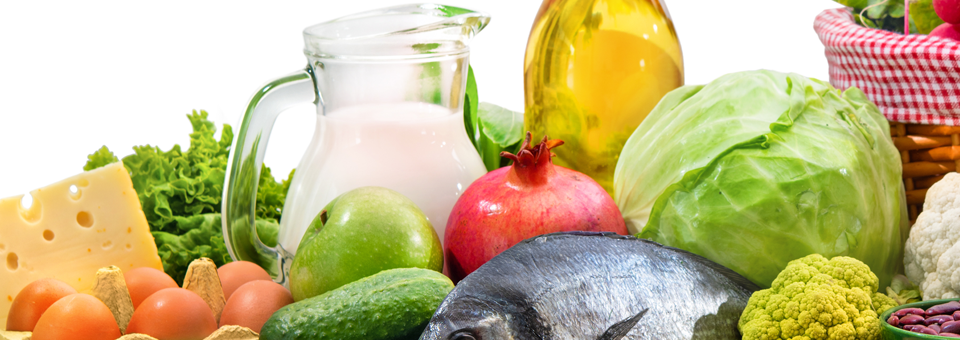Your brain shrinks with age.
The white matter in your frontal lobe can shrink as much as 24% by the time you’re 80 years old.1 And many of the toxins and environmental threats you’re exposed to every day accelerate that process.
But a molecule called NAD+ has the amazing ability to activate the SIRT1 gene, often called the anti-aging gene.
That’s good news.
Today, I’ll show you the secret behind this remarkable molecule — how I use it to help my patients, and how you can use it to keep your brain sharp and youthful.
NAD+ Helped Make Their Brains Young Again
Here’s new proof: A study published in February looked at what effect, if any, boosting levels of NAD+ would have in aged mice. After two weeks of treatment, the researchers noted that 204 of 590 genes in the neurovascular system reverted to a more youthful expression.
The NAD+ stimulated mitochondrial activity, reduced the presence of inflammatory markers, and slowed cell aging and death.2
For years, I’ve researched and shared how important your mitochondria are to your overall health. As the power centers of every cell, they drive all the processes that protect cells, keep them healthy, and regulate aging.
Let’s take a closer look at NAD+ and how to ensure you keep producing plenty of it.
What Is NAD+?
Every cell in your body produces the coenzyme NAD+, short for nicotinamide adenine dinucleotide. It plays two vital roles:
- It helps convert nutrients into energy (ATP).
- It acts as a signaling molecule, assisting proteins involved with regulating how the cell works, facilitating communication between the mitochondria and the nucleus, ultimately determining which genes turn on and which turn off.
Why NAD+ Is So Important?
You produce less and less NAD+ as we age. Less NAD+ leads to a breakdown
in mitochondrial function, disrupting energy production in the cell. That accelerates aging and leads to chronic disease.In the vascular system, weakened cell function associated with aging reduces blood vessels’ ability to expand and contract, limiting blood flow. This was precisely one of the improvements the researchers had seen in the mice — cerebral blood flow improved, in addition to activation of the SIRT1 gene.
The improvements observed in the mice was not a unique result either. A University of Maryland review of studies found significant neuroprotective properties associated with SIRT1 activation, which is linked to your NAD+ levels.3
Clearly, the potential benefits of NAD+ go far beyond keeping your brain active, memory sharp, and thinking clear. Healthy mitochondria slow cell aging and that means better overall health and slower aging for you.
Let’s take a look at ways you can boost your own NAD+ levels.
Easy Ways to Boost Your NAD+ Levels
Niacin, also known as vitamin B3, is a precursor for NAD+. Here is what I recommend to easily boost your NAD+ levels.
- Eat food rich in niacin. One of the simplest ways of getting this nutrient is eating foods that are high in niacin. Some of the best sources are eggs, green veggies, beans, fish, and whole milk.
I highly recommend making sure you eat some of these foods regularly — ideally at least once every day.
- Supplement with niacin. As you get older, or if you have any metabolic conditions — you might want to supplement with niacin. There are three main types of niacin supplements:
1. Nicotinic acid
2. Niacinamide, also called nicotinamide
3. Inositol hexanicotinate
Of these three, I recommend you avoid the inositol hexanicotinate. This is a “no-flush” supplement form. (Too much niacin can cause a flush in the cheeks.) It’s a good idea, but the research indicates that the reason you don’t flush is that you don’t get much, if any, niacin.
Both nicotinic acid and niacinamide work well. Both have been used in research and been shown to be successful in raising NAD+ levels.
I prefer niacinamide as it has been shown to be highly bioavailable and has less flushing than nicotinic acid. For best results, take 15 mg to 20 mg of nicotinic acid daily. Take 250 mg to 300 mg of niacinamide each day.
Finally, although you can take a niacin supplement on its own, I personally recommend taking it as part of a larger combination of nutrients that combine to promote mitochondrial health.
To Your Good Health,

Al Sears, MD, CNS
1. Balter M. “The incredible shrinking human brain.” Science. July 25, 2011.
2. Kiss T, et al. “Nicotinamide mononucleotide (NMN) supplementation promotes neurovascular rejuvenation in aged mice: Transcriptional footprint of SIRT1 activation, mitochondrial protection, anti-inflammatory, and anti-apoptotic effects.” GeroScience. 2020;42(2):527–546.
3. Trammell SAJ, et al. “Nicotinamide riboside is uniquely and orally bioavailable in mice and humans.” Nat Commun. 2016;7:122948.

